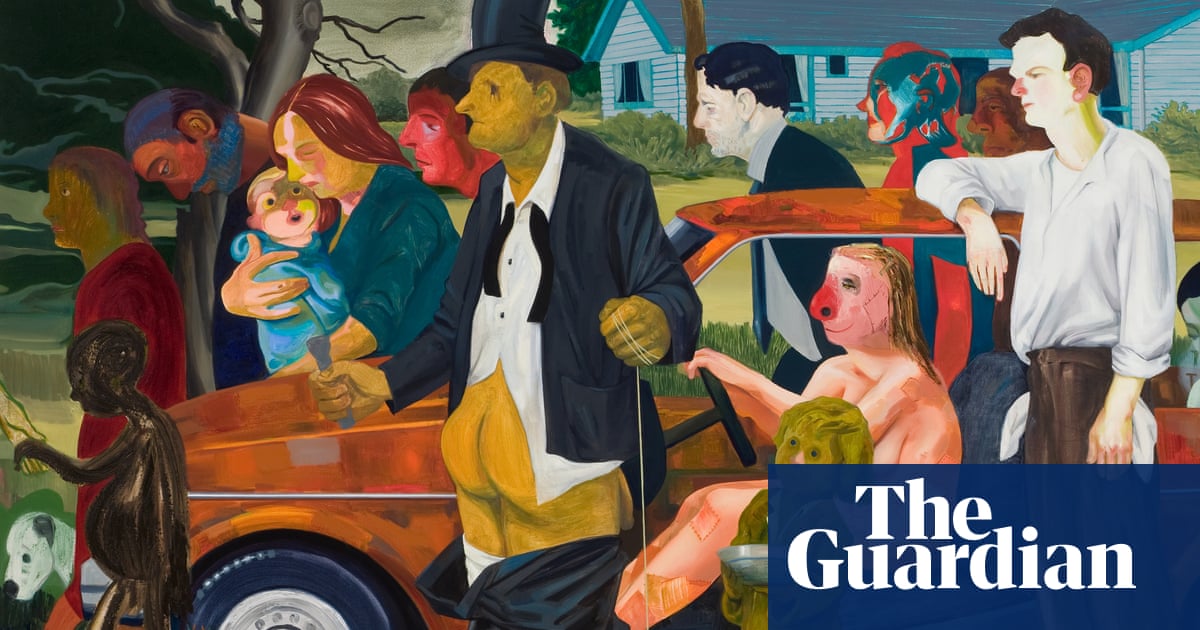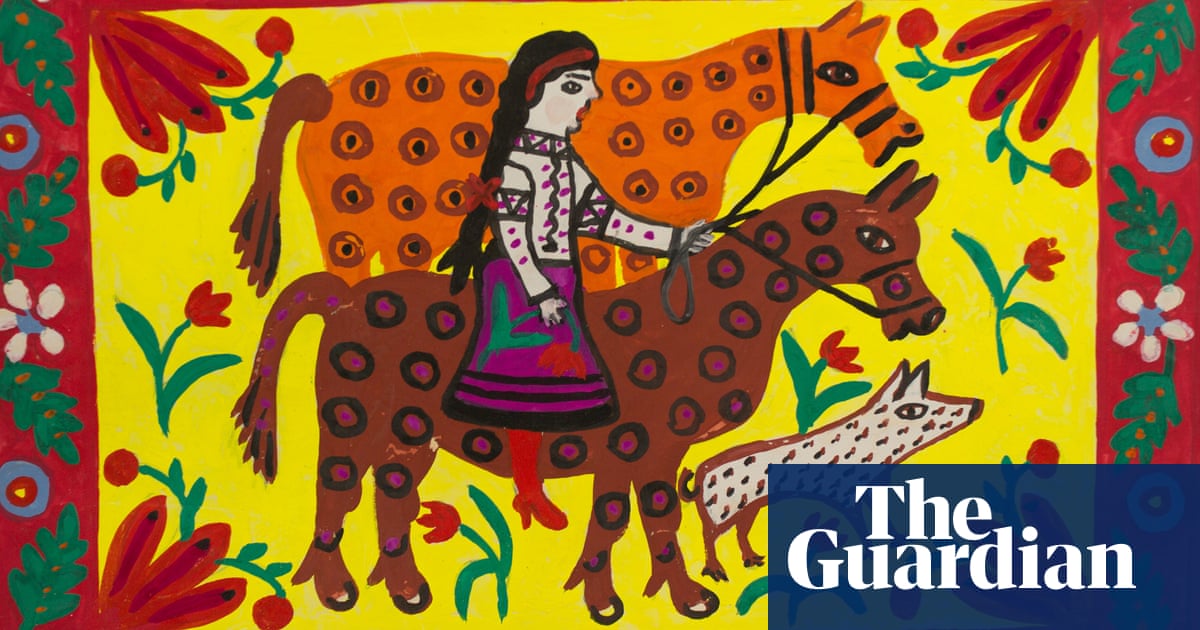
The issue of the Observer Magazine of 14 May 1967 was concerned with art and a frankly unnecessary amount of hand-wringing over its commercialisation (‘The art game’).
Nigel Gosling’s introduction was waspish: ‘With craftsmanship playing a lower role in art, candidature for acceptance as a serious artist becomes easier and easier. In this situation normal laws and practices of the market place raise their heads, and often they are considered ugly ones.
‘Ideally a work of art is like an act of love; people like it straight from the producer,’ he added, bemoaning the double standards as a result of the sums involved. ‘Nobody gets upset by the elaborate structure of events, publishers and booksellers, which links the poet with his public.’
Even back then they were using X-ray, UV and infra red to check provenance. ‘Modern restorers say they’re doing a very different job from the old ones,’ wrote Barrie Sturt-Penrose. ‘They say old restorers just took a brush and painted away – now technicians talk of “retouching areas of loss” and “inpainting”’.
One expert Sturt-Penrose spoke to lamented ‘the absurd production of painting and pseudo art; everybody’s on the bandwagon to paint’.
Jet travel made London a convenient stopping place between Paris and New York – ‘London Airport has helped make British art a vital centre of the international art network.’
And there was the soft power of art, too. ‘The art game isn’t just a sport for private patrons – nations and governments get involved. Cultural aggression is now a whole subsection of diplomacy – countries don’t send gunboats, they send the Mona Lisa, and winning the Venice Biennale… brings more prestige than winning a battle.’
If only Putin had sent Kandinskys to Kyiv instead of cruise missiles.












